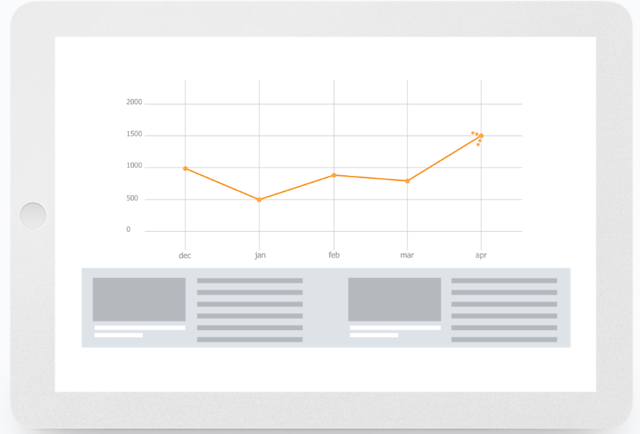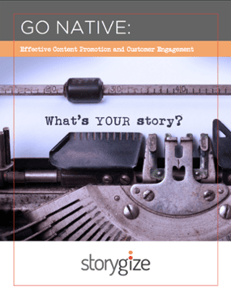Publishers and other websites often provide advertisers with a list of metrics by which to judge a native ad’s performance. While helpful, a brand should create its own metrics. Why? Native advertising typically relies on much subtler metrics to prove success than traditional banner ads (as most native ad campaigns seek to understand user attention and time spent with content versus driving immediate conversions).
That said, to establish these metrics, a brand first needs to identify its primary target audiences and goals for doing native advertising (e.g., to create awareness, assist a potential buyer in the decision-making process, convince a prospect to sign up or buy something, and so forth).
These metrics generally fall into one of three categories: share of voice (SOV), soft engagement, or hard conversions. Very large brands tend to track share of voice compared to competitors. This is primarily a PR and communications function within a brand. Programmatic native advertising can indeed impact a brand’s SOV. However, how large brands measure it varies from company to company.
Softer engagement metrics tend to be some of the most challenging to track at scale and tend to force marketers to have to make estimates as to their meaning. These include things like scroll depth and time on site. However, these metrics are extremely valuable when you compare them over time. They allow marketers to establish benchmarks and goals for engagement. That said, Storygize excels at tracking complex engagement! More on that in a sec…

On the other hand, hard conversion metrics include things like clicks (micro conversions) and form fills (macro conversions). Form fills could include subscribing to a blog, downloading an ebook, joining a group, purchasing a product, etc. These metrics tend to be easy to track and understand immediately.
Good metrics can uncover things like average attention minutes, engagement, scroll, and virality. When compared to benchmarks, these can give an objective measure of quality. Unlike banners—where there is an immediate action such as click-through, conversion, and a clear path to purchase—native content relies on subtler nods to prove success.
Just because a consumer of paid content didn’t click through to buy your product immediately doesn’t mean the content didn’t work. In this example, the native content was for brand impact and awareness at the top of the funnel. The macro conversions often occur further along the buyer’s journey.
Quality metrics prove the creative succeeded, the publisher was the right choice, and new customers reacted appropriately. These metrics inform good optimization and investment decisions, and show that the campaign worked.
|
Once established, such metrics aid in:
|
Native Ad Campaign Metrics
|
What is a Storygize “Engaged Session”?
Storygize measures the amount of time a user engages with content by tracking interaction in 5 second intervals. For a session to be considered “engaged”, the user must engage (i.e. click, scroll, move mouse) with the content for at least 15 seconds total.
Storygize Tracking Pixels
Engagement Tracking
Using machine learning, Storygize technology makes continuous algorithmic decisions, in real-time. It considers how a user interacts with landing-page content–in addition to clicks and conversions–to make smart optimization decisions. Storygize’s “Engaged Session” metric demonstrates the full value of user engagement with your carefully crafted landing page and messaging.
Conversion Tracking
If your content strategy is conversion driven, we offer tracking for this. Conversion tracking may be used to track users that were referred from your content to your site, and then followed through with an action (such as an email signup or purchase). This is beneficial in quantifying your traffic’s value and assessing ROI.
Storygize conversion tracking works for both owned media (content you write) or earned media (content written by 3rd parties).
This post is about: native advertising, native ads, native ad platforms, native ad metrics, native advertising best practices, programmatic advertising, programmatic native advertising, customer experience, customer engagement, content promotion, content amplification, and content marketing.
Learn more!
To learn more about how programmatic native advertising offers both media buyers and content marketers an exciting new paid media channel to promote and distribute content online, check out Storygize's eBook, Go Native: Effective Content Promotion and Customer Engagement.
Peak inside to find out:
- How to Establish Performance Metrics and Optimize Native Ad Campaigns
- The Do’s and Don’ts of Programmatic Native Advertising
- How to Generate ROI Through Native Advertising
Storygize is more than a platform; we're a strategic partner that empowers growth. Our team is happy to help brands create a strategy that aligns with brand objectives and then execute in an iterative, evolving approach to ensure exposure to targeted audiences where they consume relevant content.
We love feedback! Feel free to comment below.


